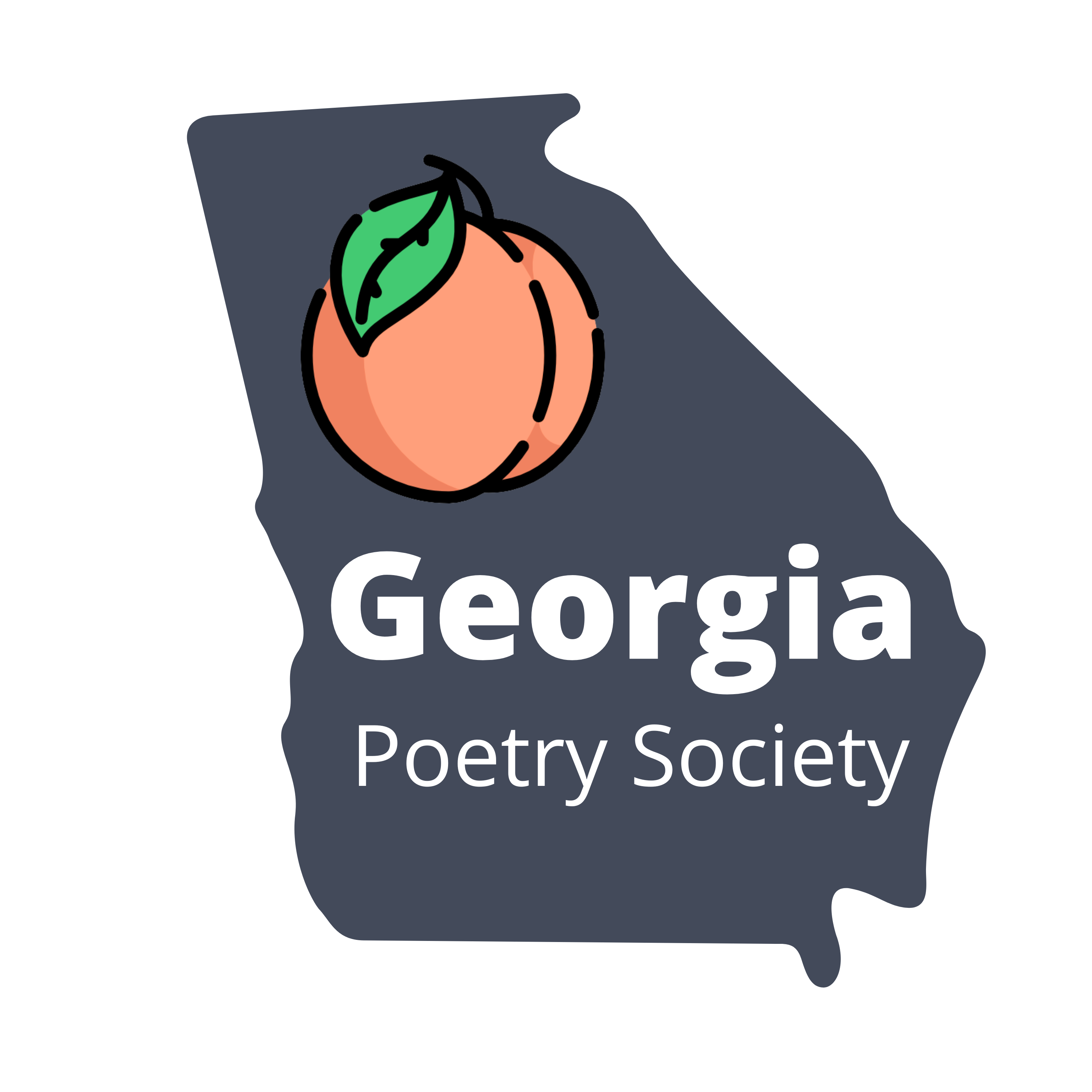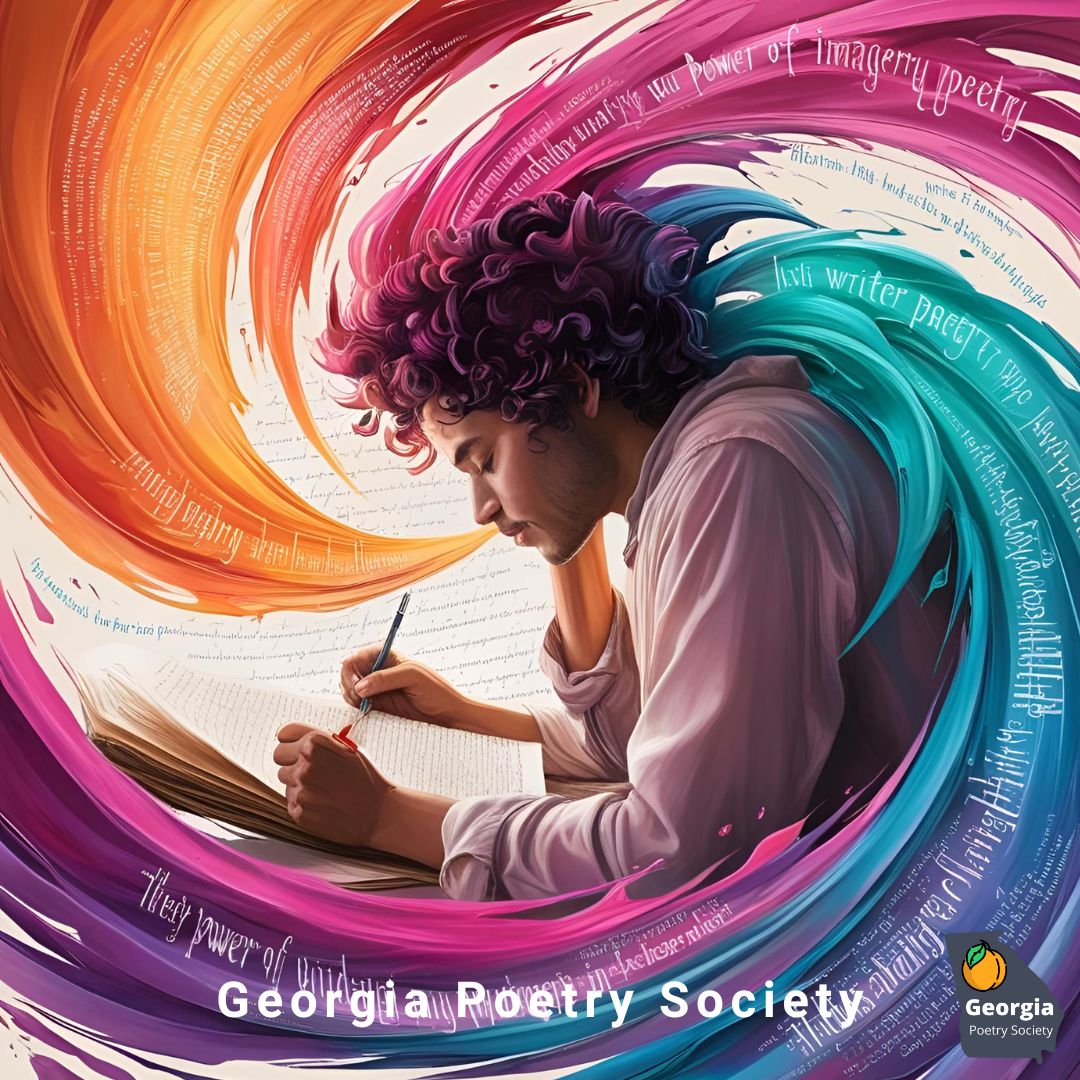Poetry is more than just words on a page—it’s an experience, a journey, a feeling. At the heart of great poetry lies imagery, the ability to paint pictures with words, evoke emotions, and transport readers to another world. Whether through rich descriptions, sensory details, or metaphorical language, imagery is what makes poetry come alive.
What is Imagery in Poetry?
Imagery refers to the use of descriptive and figurative language to create mental images and engage the reader’s senses. Poets use imagery to make their work more vivid, memorable, and emotionally powerful. Strong imagery can appeal to one or more of the five senses:
- Visual imagery (sight) – Describing colors, shapes, or movements
- Auditory imagery (sound) – Capturing sounds, rhythms, or melodies
- Olfactory imagery (smell) – Bringing in scents, aromas, or fragrances
- Gustatory imagery (taste) – Depicting flavors, textures, or sensations
- Tactile imagery (touch) – Conveying textures, temperatures, or physical sensations
By engaging these senses, poetry becomes immersive, allowing the reader to feel and experience the words on a deeper level.
How to Create Vivid Imagery in Poetry
1. Use Sensory Details
Great imagery begins with the senses. Instead of simply telling the reader something, show them through descriptive details.
Example: Instead of saying, “The sun was hot,” Try: “The sun blazed overhead, pressing its golden heat into my skin like a smoldering brand.”
2. Incorporate Metaphors and Similes
Comparing one thing to another through metaphors and similes makes imagery more compelling and layered.
Example: Simile: “Her laughter was like the tinkling of wind chimes in a summer breeze.” Metaphor: “Her laughter was a wind chime, dancing in the summer breeze.”
3. Play with Colors and Contrasts
Color descriptions can make images pop off the page. Contrast between light and dark, vibrant and dull, can enhance visual appeal.
Example: “A crimson rose unfurled against the ashen sky, a lone ember in the dying twilight.”
4. Evoke Emotion Through Symbolism
Certain images carry universal emotional weight. A setting sun can symbolize endings, rain can evoke sadness, and blooming flowers can represent renewal.
Example: “Raindrops slid down the window, tracing the silent grief of the night.”
5. Use Strong Verbs and Specific Nouns
Vague language weakens imagery, while specific, powerful words enhance it.
Example: Instead of: “The waves moved onto the shore.” Try: “The waves crashed against the shore, devouring the sand with foamy hunger.”
6. Create Atmosphere with Sound Devices
Alliteration, assonance, and onomatopoeia can reinforce imagery by creating rhythm and sound effects.
Example: “The whispering wind wove through the weary willows.”
7. Experiment with Perspective
Write from an unusual point of view to create fresh, unexpected imagery.
Example: “The abandoned house watched the road, its shutters blinking in the evening breeze.”
Why Imagery Matters
Imagery in poetry does more than just describe—it immerses readers in the poet’s world. It transforms emotions into tangible experiences and makes the words resonate long after they’re read. Whether delicate or dramatic, subtle or striking, vivid imagery is what breathes life into poetry.
Final Thought
If you want to make your poetry unforgettable, focus on imagery. Engage the senses, choose your words with precision, and allow your reader to see, hear, and feel every moment. Let your poetry become not just something to read, but something to experience.
What are your favorite poetic images? Share them with us in the comments!
#Poetry #ImageryInPoetry #WritingTips #PoetryCommunity

